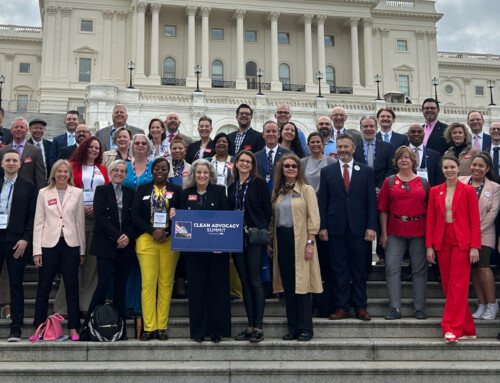More than 25 States Ending Enhanced Unemployment Benefits: What You Need to Know
At the onset of the COVID-19 pandemic, cleaning industry workers were for the most part deemed “essential” by federal and state governments and continued to work. In March 2020, the U.S. Congress passed the US$2 trillion CARES Act, which served as a lifeline for many businesses and laid-off workers. Specifically, this legislation included an additional unemployment benefit of $600 per week on top of state benefits. For industries that had been shut down, this enhanced benefit was beneficial. However, for businesses deemed essential, especially for lower-paying jobs, the additional benefit created a disincentive to work.
A July 2020 National Bureau of Economic Research study found that “janitors who stay on the job may be paid less than unemployed janitors collecting 158% of their prior wage.” Overall, “two-thirds of unemployed workers are receiving benefits larger than their lost earnings, and a fifth are receiving benefits that are at least double their lost earnings.” The enhanced benefit was reduced to $300 per week in the American Rescue Plan Act of 2021 and is slated to expire on September 6, 2021.
Thus far, more than half the states—26—have pledged to end participation in federal unemployment programs before the September cutoff date. State governors opting out of the extra unemployment coverage maintain that the coverage is preventing workers from filling open positions. The White House has responded by saying that states are free to make their own decisions and that the federal government will not intervene. U.S. President Joe Biden recently indicated that he does not plan to extend those benefits beyond Labor Day.
Citing labor shortages, state governors say pandemic-related unemployment benefits discourage workers from taking jobs, while some economists note that several factors are preventing people from finding suitable work, including low wages, lack of childcare, and fear of contracting COVID-19. States like Arizona, Idaho, Montana, New Hampshire, and Oklahoma also are offering financial incentives for individuals to find work.
Below are the end dates for the 26 states to date announcing an early halt to enhanced jobless benefits. If your state is not listed below, those benefits are set to expire on Labor Day.
| EARLY END DATES FOR ENHANCED JOBLESS BENEFITS IN 26 STATES | |
| Expiration | State |
| June 12 | Alaska, Iowa, Mississippi, Missouri |
| June 19 | Alabama, Idaho, Indiana, Nebraska, New Hampshire, North Dakota, West Virginia, Wyoming |
| June 26 | Arkansas, Florida, Georgia, Ohio, South Carolina, South Dakota, Texas, Utah |
| June 27 | Montana, Oklahoma |
| July 3 | Maryland, Tennessee |
| July 10 | Arizona |
| July 31 | Louisiana |
States that are not ceasing their participation in federal programs could reimpose stricter rules—many of which were suspended during the pandemic—for those collecting unemployment. For example, Hawaii is requiring that jobless workers prove that they are actively searching for work. Other states like Colorado and Connecticut are continuing the $300 payments but offering their own new-job bonuses. New York also may join in implementing signing bonuses for those who take and hold a job. Since each state has varying requirements, please check with your state for applicable rules.
ISSA has been actively advocating to roll back the enhanced unemployment benefits and has supported efforts to incentivize a return to work. Please consider contributing to the ISSA Advocacy Fund in any amount to help us continue to advocate, influence, and impact labor issues like this on behalf of the full spectrum of the cleaning industry. For questions regarding this article and ISSA advocacy, please contact ISSA Government Affairs Coordinator Stacy Seiden.

















